Under Armour Flow Velociti Wind 2
One-minute review
The original Under Armour Flow Velociti Wind is arguably the company’s best running shoe to date and with the Wind 2, you’re getting pretty much the same shoe, which is a good fit for tempo runs and has slightly upped the comfort to make them a nicer shoe to go longer in too.
Support: Neutral
Weight: 237g
Heel drop: 8mm
Under Armour has promised a more locked down feel at the heel this time, which is apparent on runs and could make it a better fit for those looking for a touch of stability (though we’re not sure it’s a change that needed to be made).
What remains is the impressive traction you get from the rubber-less outsole on wet and dry surfaces, and an upper that offers great comfort and structure to lock your foot in. That’s topped off by UA’s Flow cushioning tech, which offers a responsive ride that keeps you closer to the ground than most high stacked shoes, but also offers a good level of protection for running bigger distances.
The changes do feel minor though, and if you can pick up the original Wind, you’ll still get a great, versatile daily trainer that offers some of the best running tech Under Armour has put into a shoe.
Price and release date
The Under Armour Flow Velociti Wind 2 launched in March 2022, and is priced at $160 / £140 / AU$200. That's the same price as the original Flow Velociti Wind when it debuted in 2021, and can now pick up the older shoe for considerably less if you shop around. We've rounded up today's best prices on the original Wind for you right here:
Design
Put the Flow Velociti Wind 2 and Wind side by side, and (apart from the new colorway) you’d be hard pressed to spot the difference. It’s still a great-looking shoe, but the changes are minimal.
You’ve got that same web-style Warp upper with identical laces and level of padding in the tongue and the heel collar. The upper still feels as good as it did on the first shoe to slip on, hugging and wrapping around the top of the foot in all the right places.
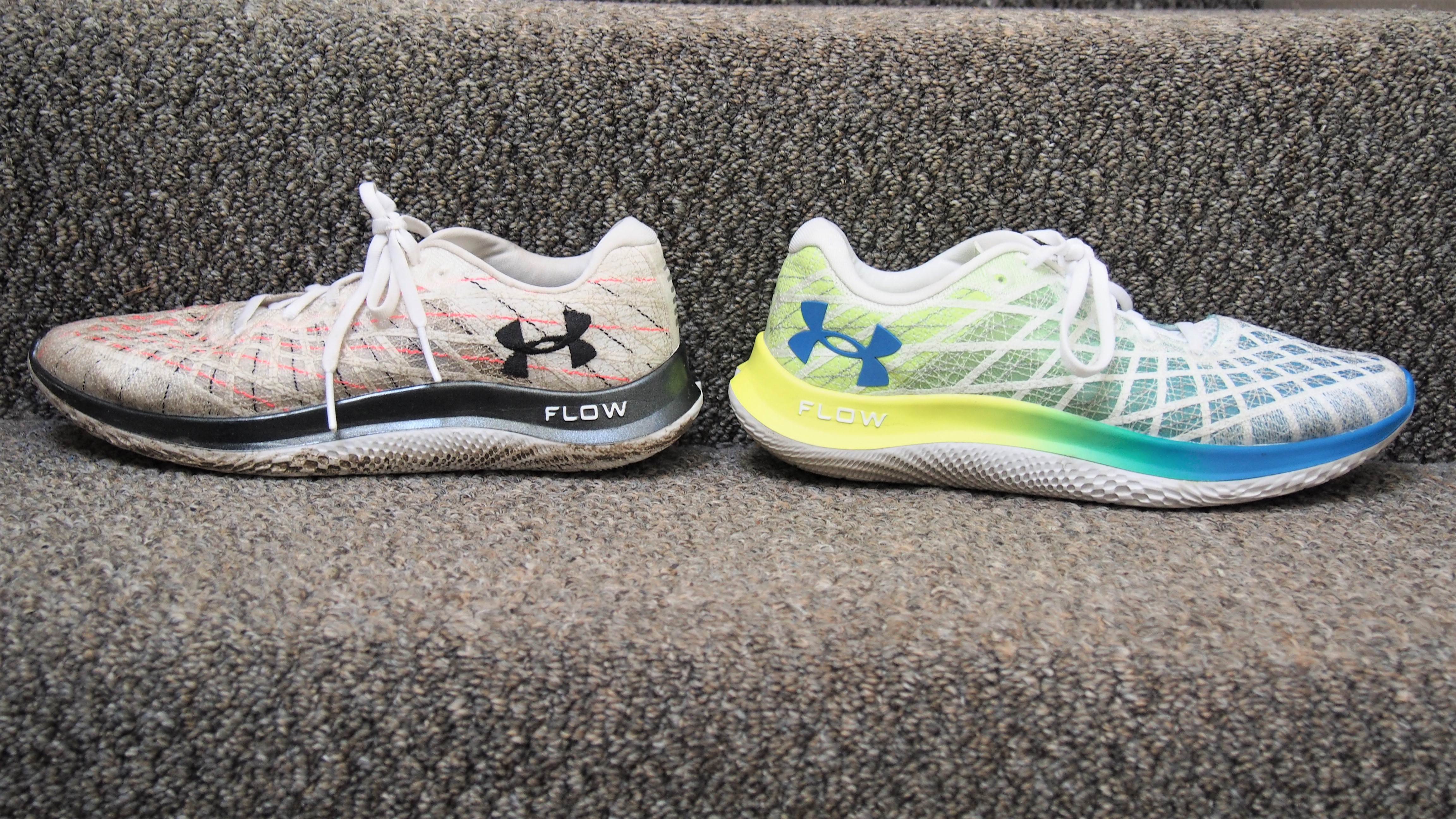
There’s the same 8mm heel-to-toe drop with UA’s Flow midsole tech in place once again and an outsole that ditches the rubber to keep the overall weight of the shoe down without sacrificing offering strong grip. UA says it's shaved off a few grams, but we honestly felt it was so small that it wasn’t the kind of difference you could notice on the run.
Under Armour has tweaked thing at the back of the Wind 2, adding a new Tatami Stitch Heel that's designed to offer a more consistent lockdown at the heel and should give the shoe more appeal for long runs. It’s also added a moulded EVA sockliner to improve things on the comfort front when you’re hitting those double-digit distances.
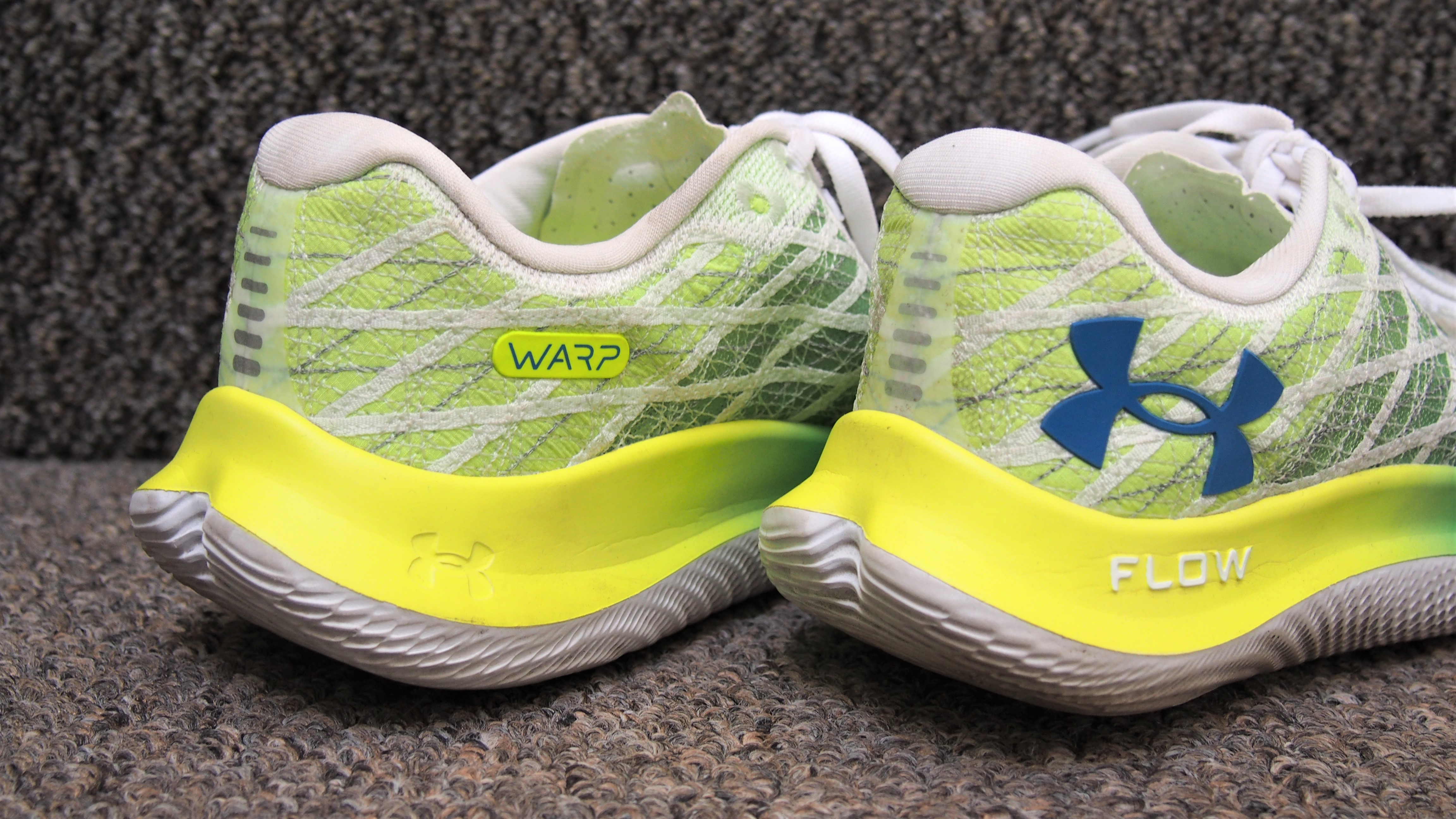
That Tatami Stitch Heel does certainly slightly adjust the sensation of running in the Wind 2 compared to the Wind, delivering on that promise to offer a more secure feel, but we’re not sure it was a change that really needed to be made. That new sockliner is certainly welcome too though again, we can’t say we noticed a huge difference from a comfort point of view, particularly when we tested the Wind 2 on longer runs
Down below you’ve got that low-profile, rubber-free outsole that still feels nice and grippy on dry pavements and even held up well when we took them through some stormy conditions too. We even took them out onto some light trails too and they worked well too, though sticking to roads and pavements will certainly be kinder to the outsole and the kind of durability you can expect out of them.
Performance
Having put a lot of running time into the original Wind, we’d say the Wind 2 offers largely the same experience and works best for the same types of runs. It still feels like a shoe that’s suited to tempo runs, with the capacity to pick up the pace, or go longer and a bit slower. Overall, it remains an enjoyable shoe that showcases some of the best tech UA has put in a shoe for a very long time.
We put just over 50km of running into the Wind 2 on roads and a treadmill, which was a mixture of 5k and 10k tempo runs, recovery runs, track interval sessions and a couple of longer hour plus training runs to see how well equipped the Wind 2 is for bigger mileage.
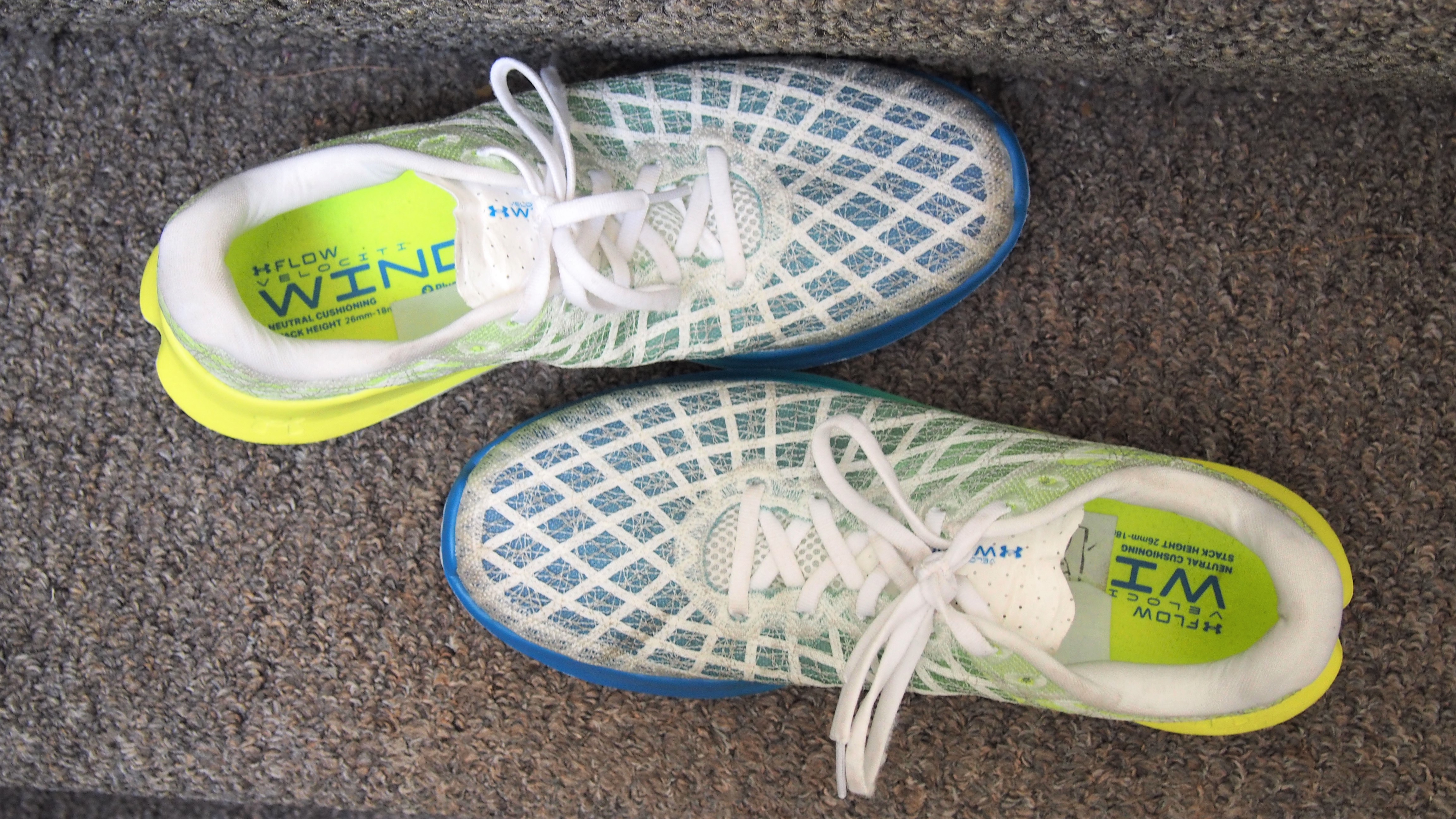
That Warp upper, including a gently padded tongue, makes it a really comfortable shoe to run in, and that comfort remains consistent throughout the duration of the run. It looks like an upper that could get hot and sticky, but it’s nice and breathable even in hotter running conditions.
Dropping down to the midsole, Under Armour continues to be secretive about the material that makes up its Flow cushioning. What we do know is that it that creates a pleasing, responsive ride that doesn’t feel too firm, and together with the one-piece outsole, it offers the kind of grounded feel that reminds us a bit of running in minimal, barefoot shoes. It’s not going to be a running sensation that everyone will love, but we think it'll have more fans than detractors.
It felt good on short and snappier runs, and while we were skeptical about putting it to the long distance run test, it held up well on that front too. That midsole and outsole offer a very consistent and stable ride and don't feel sloppy when legs are a little tired.
We’re not convinced the stitch heel makes a huge difference here, but it does feel like a shoe you can go long without any major issues. If you want something that errs more on the side of stability though, there are better shoes out there.
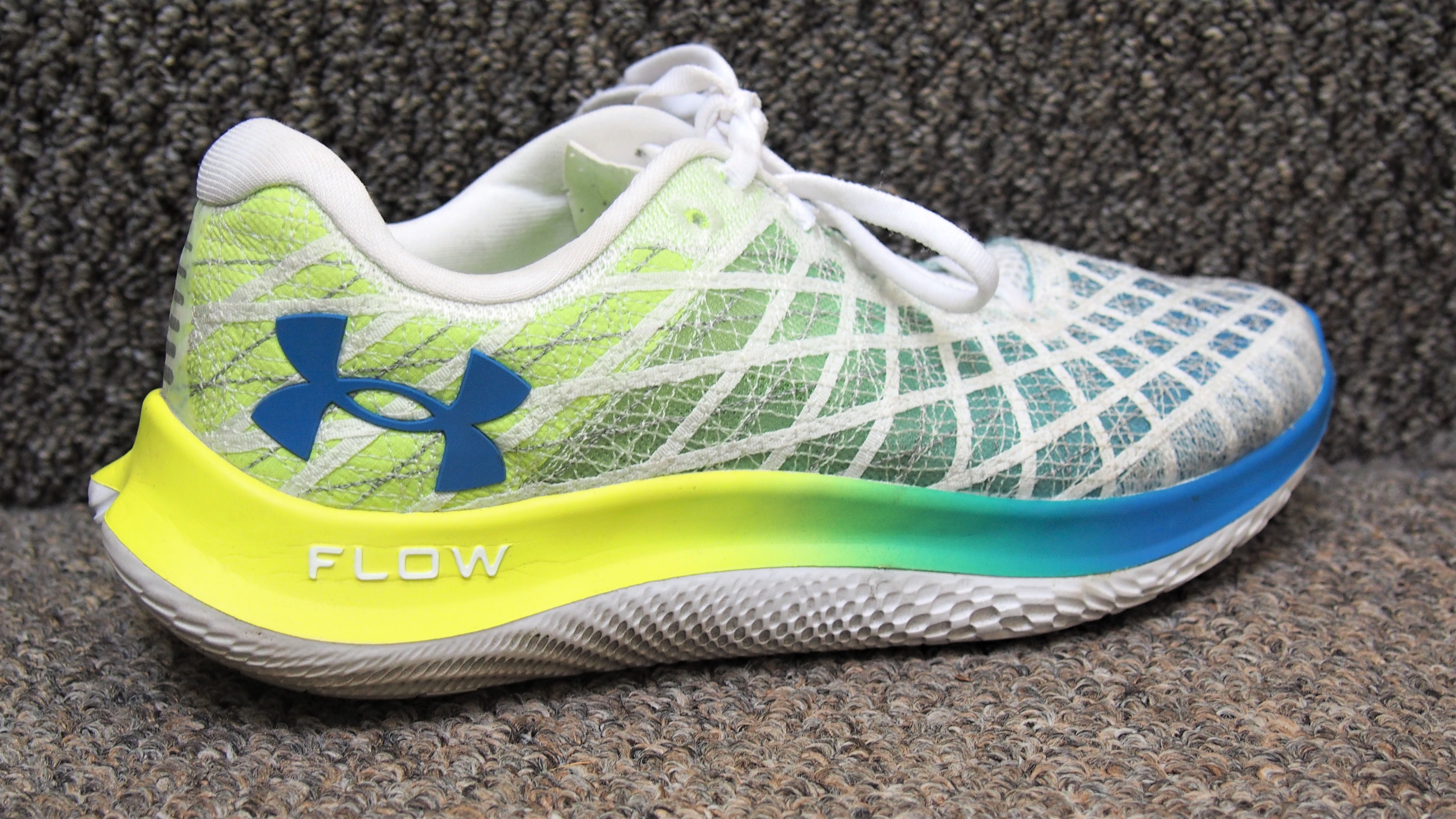
Under Armour has once again packed in its real-time coaching and run tracking sensor into the midsole, giving you data like like distance, splits, cadence and stride length without the need for a phone or running watch. You don’t need to charge it, and it should outlast the life of the shoe. There are no new smarts here though, and you’ll still need to use UA’s MapMyRun app to look over your stats.
UA's latest tech takes things further by offering real-time coaching mainly built around stride length and cadence, and will offer insights into running form, post-run as well. Much like the original Wind, we found that accuracy of core running stats like distance tracking and pace held up well against a running watch.
The form coaching is best used on runs where you’re specifically looking to make improvements, not for every run you do. The insights and instructions are well presented during and post-run, and feel straightforward to take on board. It’s nice to have those stats available and have a secondary way to record runs if you’ve forgotten to charge your watch, but you can happily ignore them as well if you want to.
First reviewed April 2022
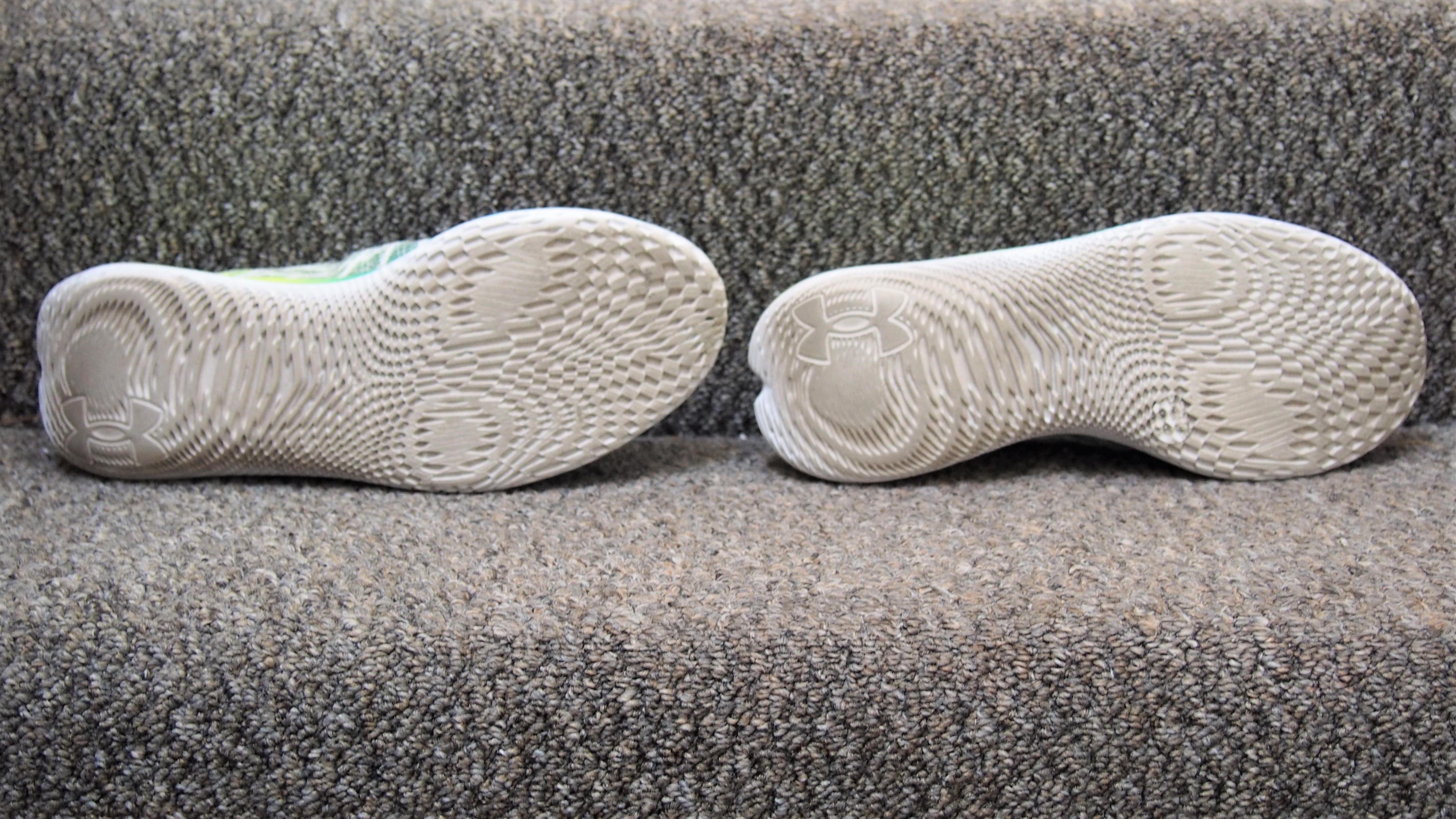
0 comments:
Post a Comment